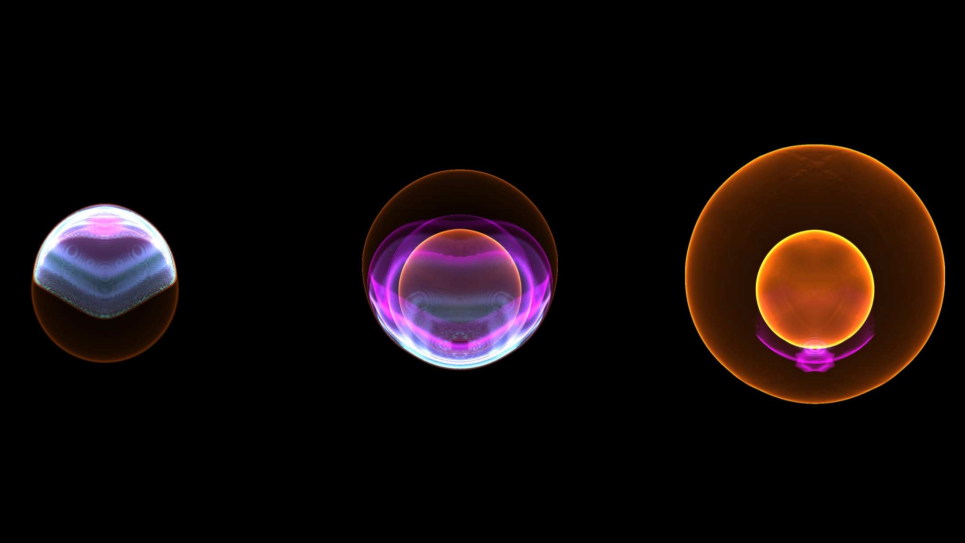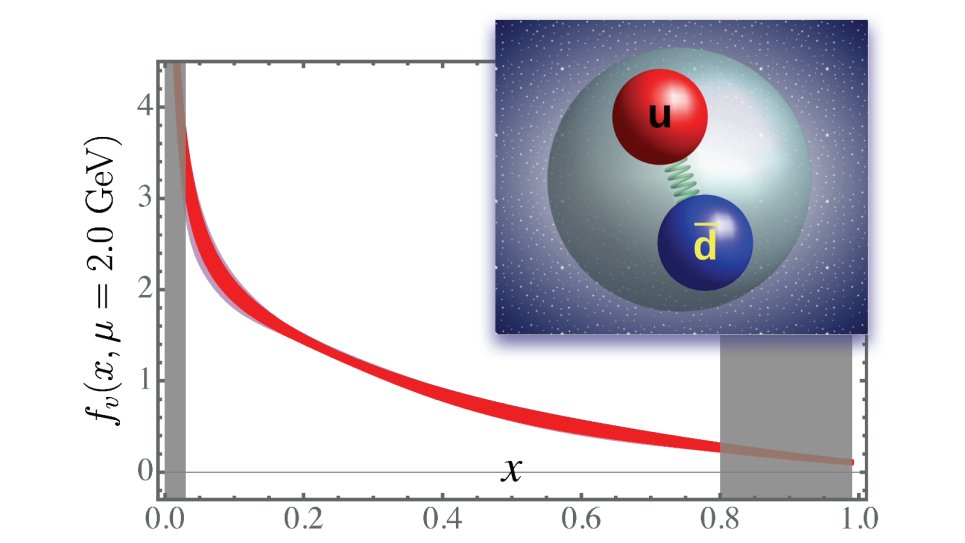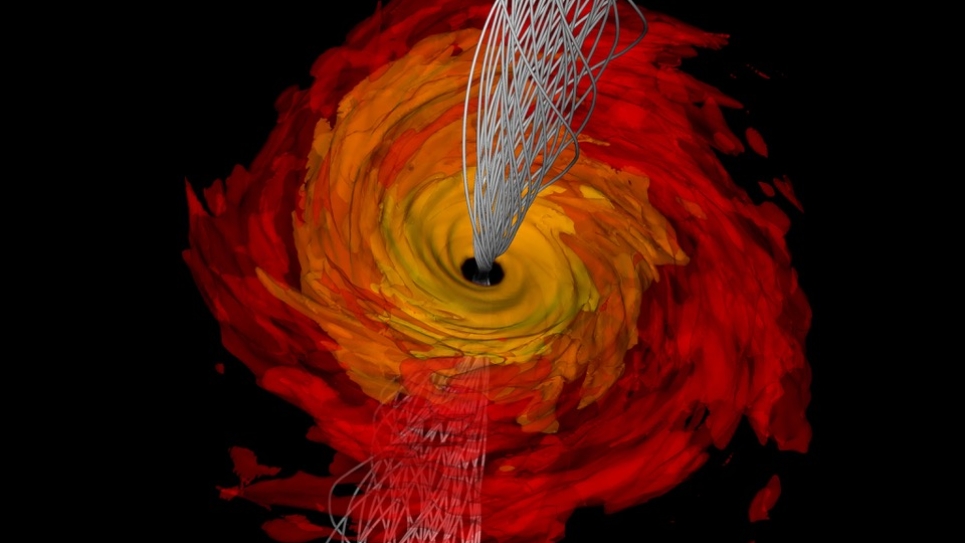We propose to use the Argonne Leadership Class Computing Facility’s BlueGene/P and the Oak Ridge Leadership Class Computing Facility’s Cray XT4/XT5 to dramatically advance our research in lattice quantum chromodynamics and other strongly coupled field theories of importance to the study of high energy and nuclear physics. This research addresses fundamental questions in high energy and nuclear physics, and is directly related to major experimental programs in these fields. It is essential to meet a number of the milestones set out by the Office of Science. We will use the leadership class computers to generate gauge configurations with up, down, strange, and, in one case, charmed quarks on lattices that are sufficiently fine grained and have sufficiently small up and down quark masses to enable full control of systematic errors for a number of key quantities. The research program we set out will have a transformational impact on our work by including for the first time simulations at the physical masses of the up and down quarks, the two lightest of the six quarks that are the basic constituents of strongly interacting matter. Three quark actions will be used in this work: clover, domain wall, and highly improved staggered. Each has advantages for different aspects of our work. Furthermore, we will validate calculations that cannot be checked through direct comparison with experiment by performing them with more than one action. The gauge configurations generated in this project will be used to determine a wide range of physical quantities of importance in high energy and nuclear physics. One major goal is to determine a number of the underlying parameters of the standard model of subatomic physics, including the masses of the quarks, the strong coupling constant and the elements of the Cabibbo-Kobayashi- Maskawa (CKM) matrix, which describes the weak interaction transition couplings of the quarks. In particular we aim to calculate elements of the CKM matrix to sufficient accuracy to make precise tests of the standard model, and to provide a window on physics beyond it. Another major set of goals is to determine the mass spectrum of strongly interacting particles, including excited and unstable states; to calculate the electromagnetic properties of low lying baryons and meson radiative transitions; to obtain a quantitative understanding of the internal structure of the nucleon; and to predict the interactions among strongly interacting particles.


